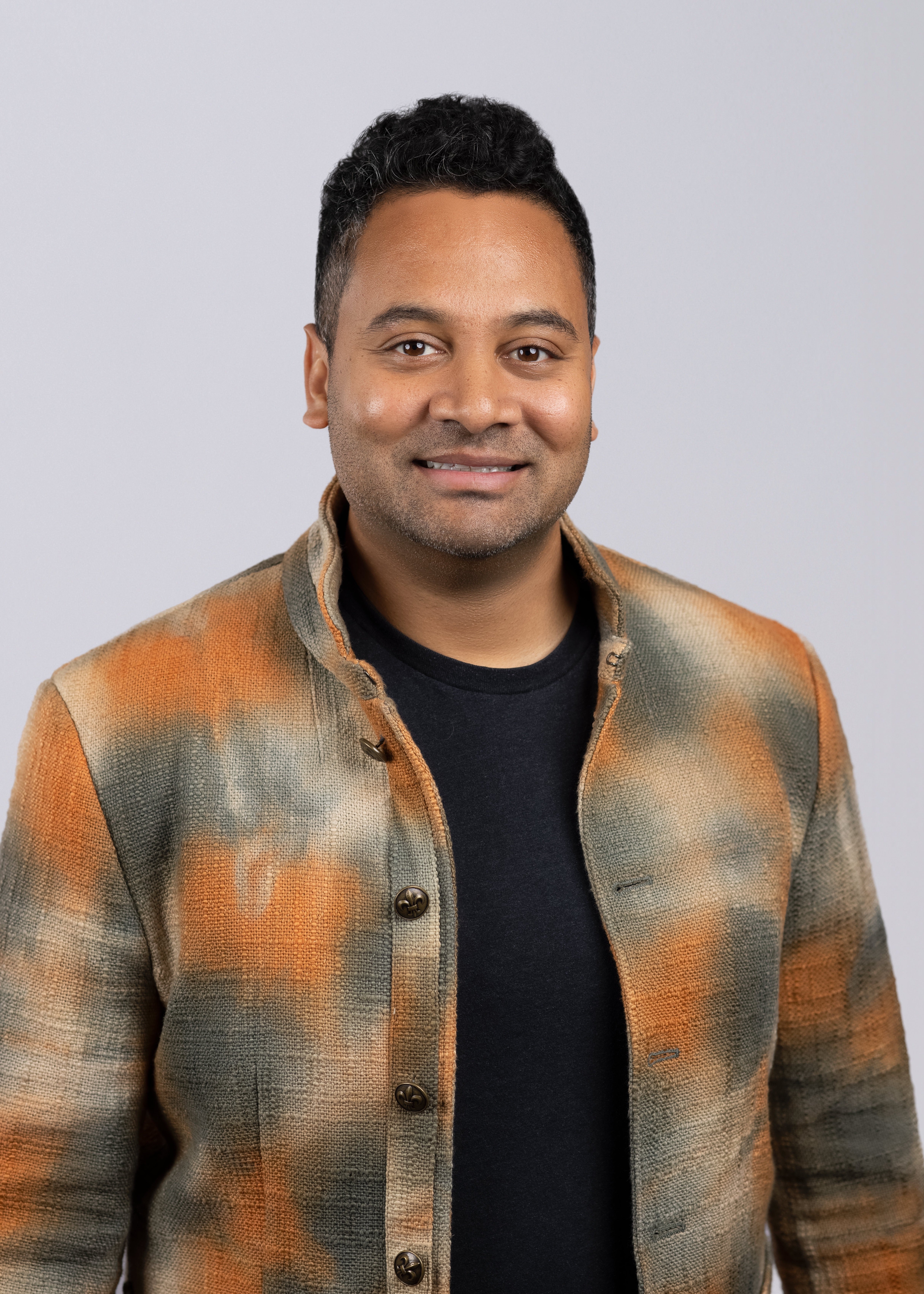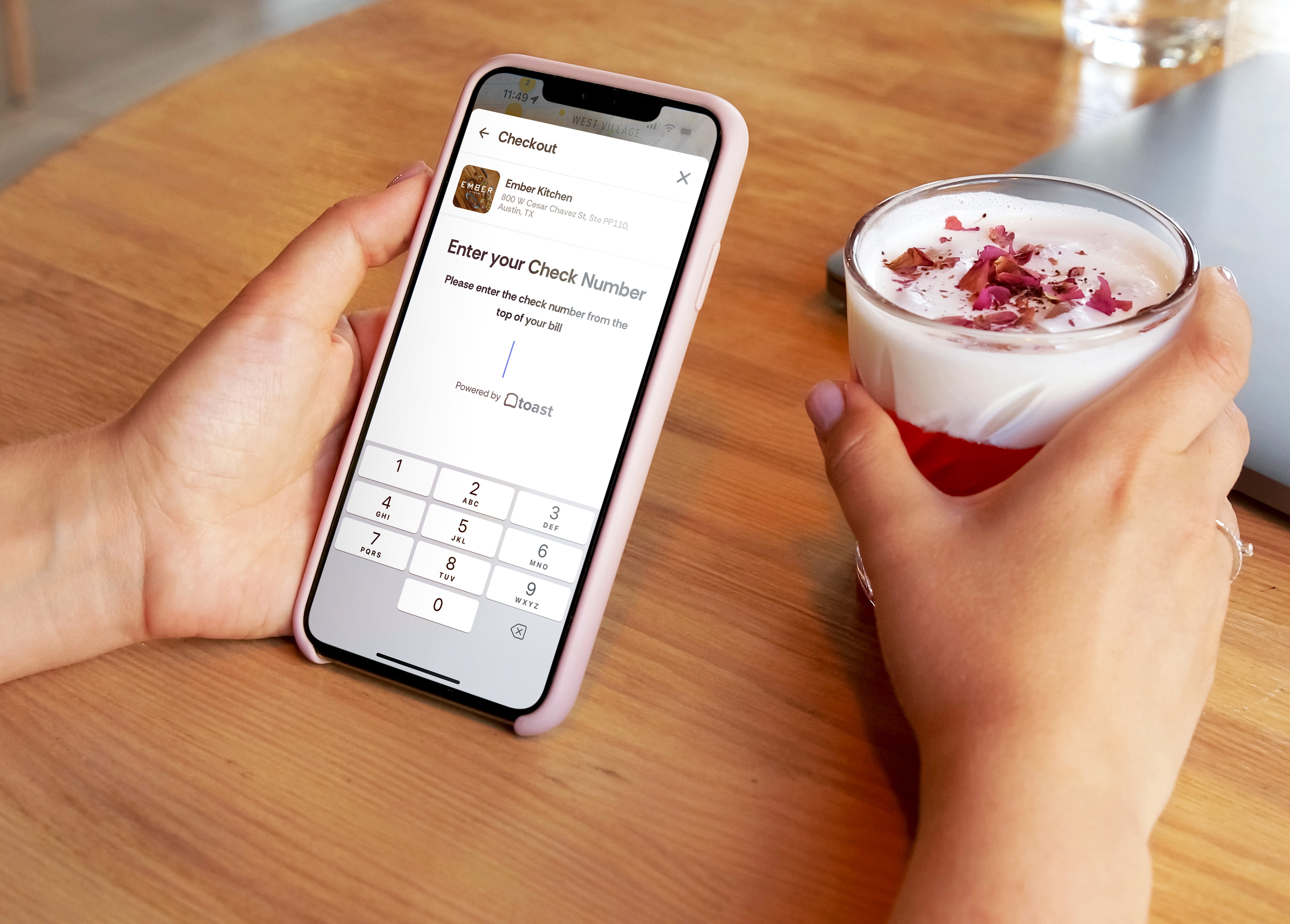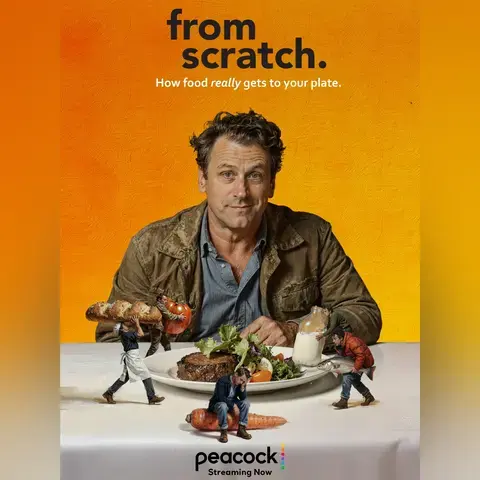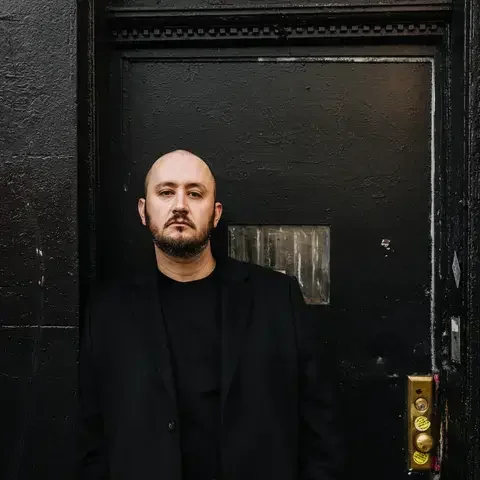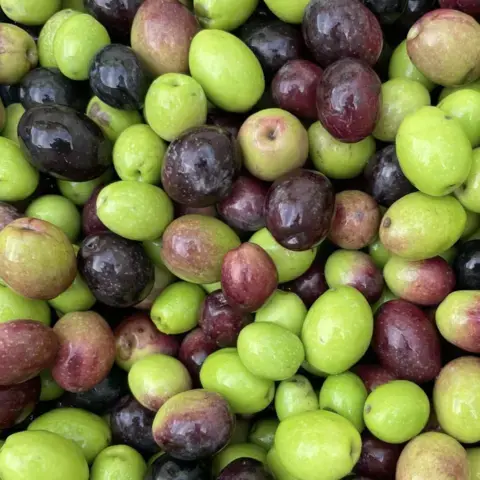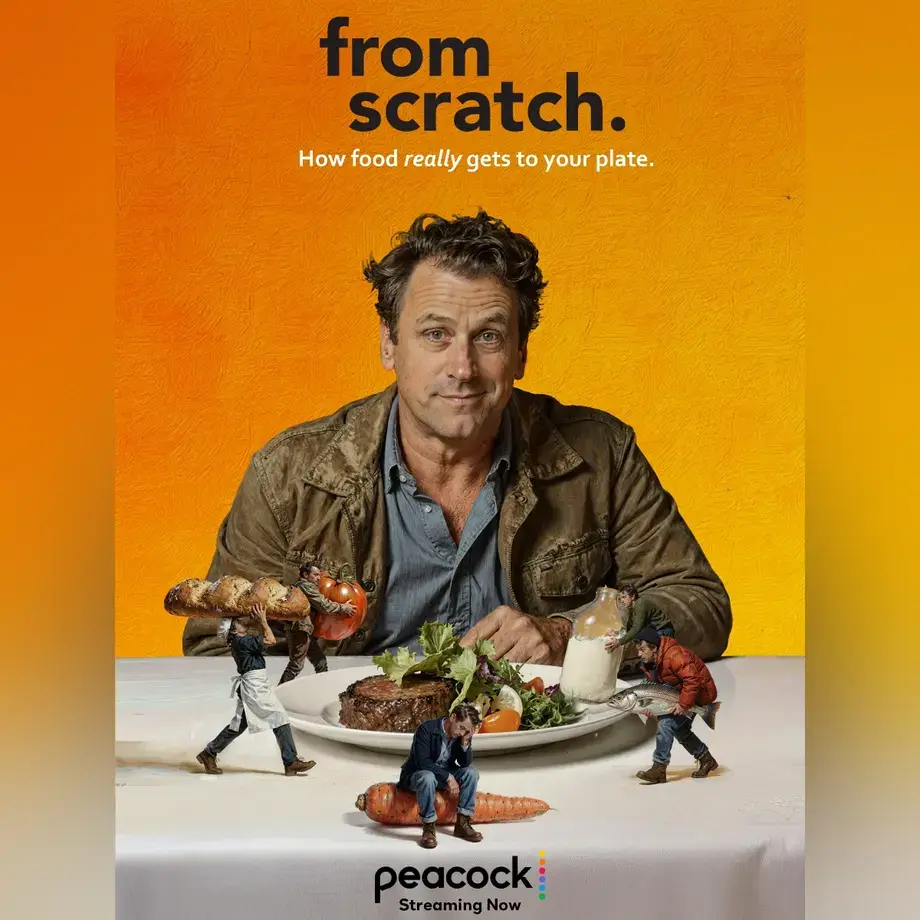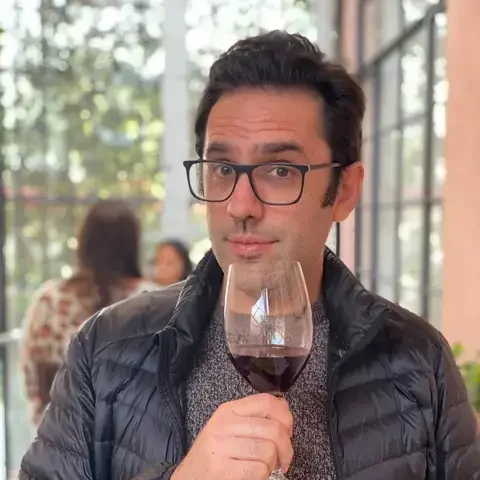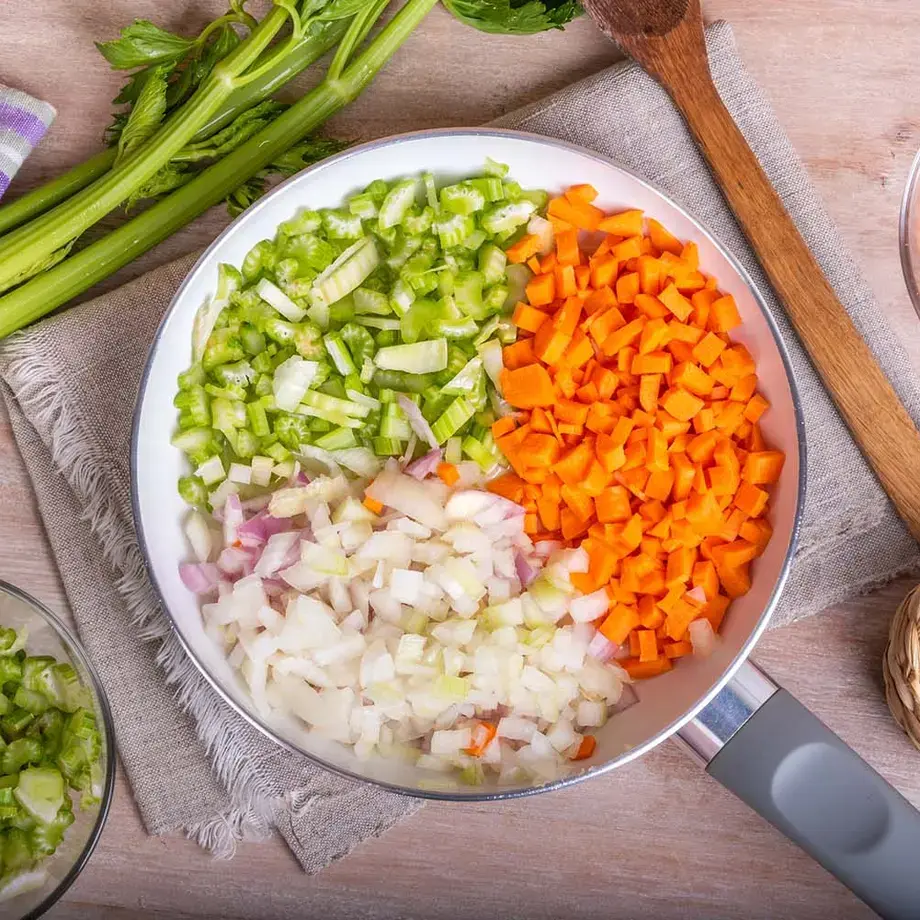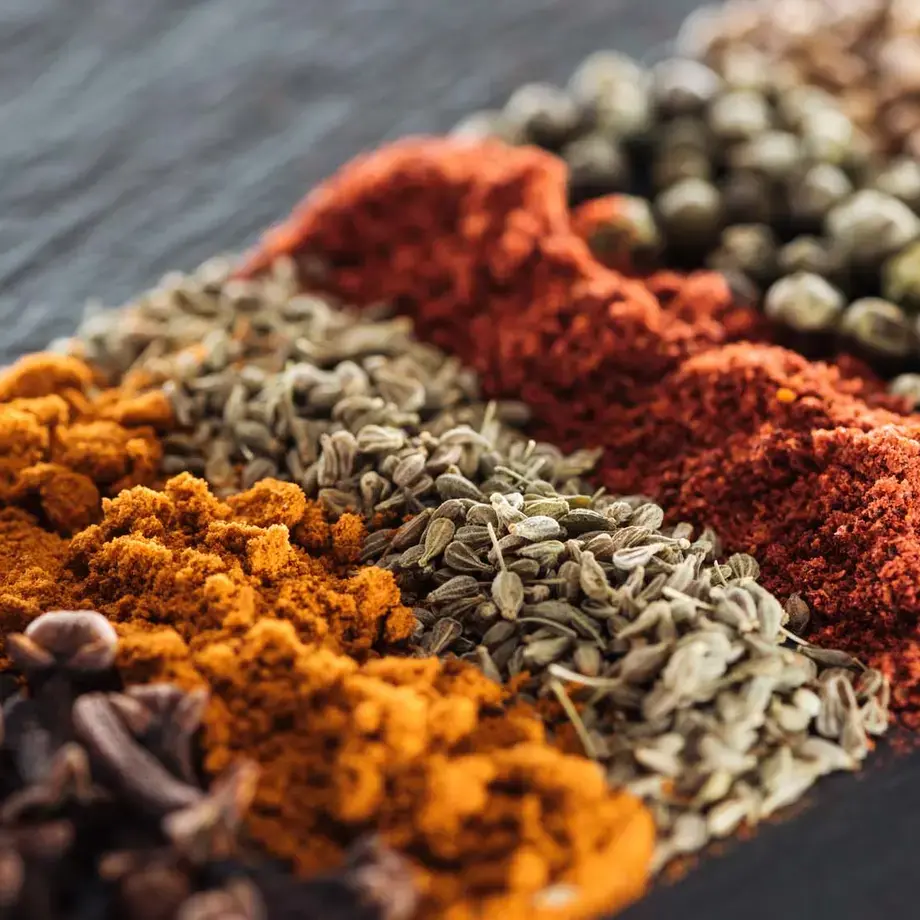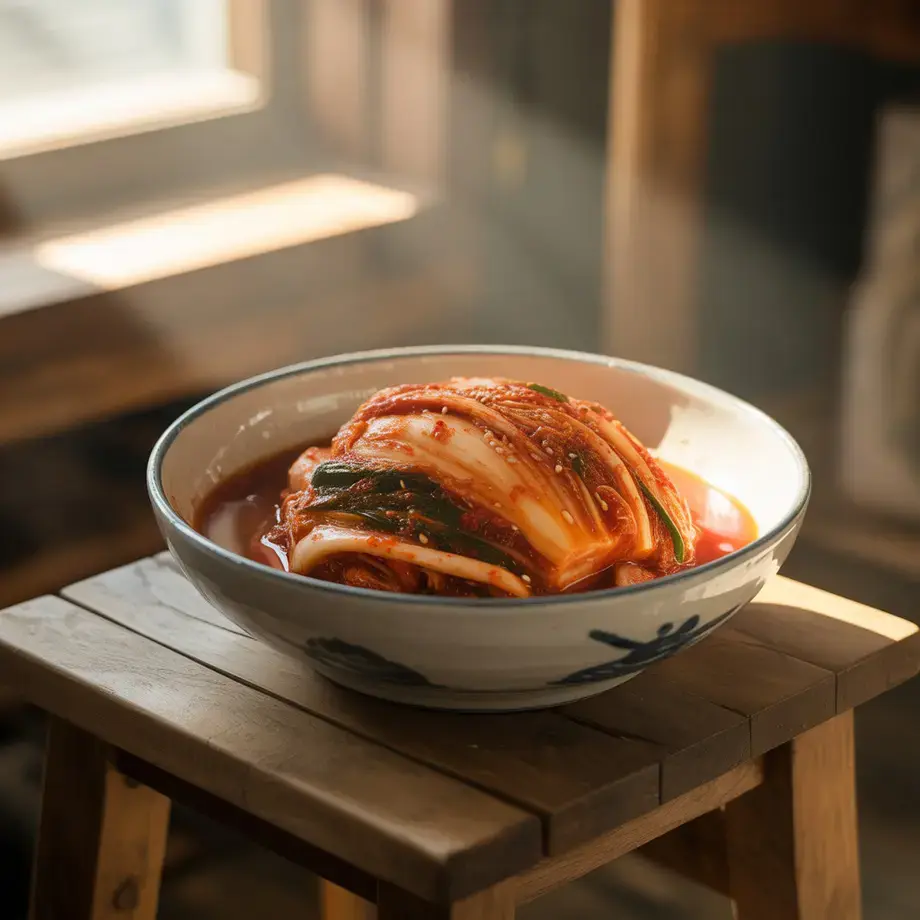How It Works for Diners
For consumers, inKind’s pitch is refreshingly simple: pay with the app and get 20 percent back to use at any other inKind restaurant. No punch cards, no blackout dates, no QR-code gimmickry.
The app experience is seamless by design. Diners enter the check number from their meal, confirm the amount, and pay directly through the app. The restaurant gets paid, the diner gets rewarded, and the tip—always paid separately—is left as normal. It’s essentially a credit-backed payment system disguised as a loyalty program.
“We spent years integrating with every point-of-sale system out there,” Moonesinghe says. “The guest just wants to pay their bill. The restaurant wants the process to be easy. So we made it feel better than using a credit card.”
InKind’s curated network means diners aren’t scrolling endlessly through fast-casual filler. The app focuses on high-quality restaurants—from Michelin-starred fine dining to design-forward neighborhood spots. That’s part of the appeal: discovery meets rewards, without compromising on taste.
The app also offers prepaid credit bundles—think $250 upfront gets you $312 in dining value—and a monthly “inKind Pass” that unlocks special perks (like $50 off a $150+ bill) for frequent diners. It’s not built for deal-hunters—it’s built for regulars who want to support their local scene and get rewarded for doing it.
And it’s working. “We’re getting millions of dollars in credit redeemed every month,” Moonesinghe says. “And because we know what people are spending on—what they drink, what they order—we can send them to the right restaurants at the right time.”
Diners might not know they’re participating in a novel financial model. They just know they’re getting something back.
Why the Model Works
The magic of inKind lies in its circular logic: restaurants need capital, diners want perks, and inKind profits only if both sides are happy. It’s a closed loop of mutual incentives—no loan sharks in sight.
Restaurants get upfront cash. Diners get rewarded for spending. And inKind gets paid by selling the restaurant’s credit at a margin. The trick is balancing the value across thousands of transactions—ensuring the credits get used, the restaurants stay open, and the guests stay loyal.
“We’re the only player in the middle who loses money if a restaurant closes,” Moonesinghe says. “So we are obsessively focused on making sure they succeed.”
That obsession goes beyond vetting restaurant partners. inKind now builds tech for labor management, helps owners monitor their margins, and even uses AI to determine how much credit a restaurant can realistically absorb. That system, dubbed Sherlock, analyzes a restaurant’s menu, local user behavior, and spending trends to determine how much funding inKind can safely provide.
In earlier years, they overshot—sometimes taking 150 months to sell through a restaurant’s credit. Now, Moonesinghe says, Sherlock has tightened that down to exactly what the business and the market can handle. “We know who’s buying white Burgundy on a Tuesday. We know who’s ordering tomahawk steaks. And we can steer them toward the right place at the right moment.”
It’s a data-rich operation with a beating heart. Moonesinghe, who owns several restaurants himself, often uses his own teams to test new tools before rolling them out to the broader network. “We’re not just funding restaurants,” he says. “We’re learning with them, side by side.”
It also means he knows what doesn’t work—and when to say no.
Who It's Not For
For all its flexibility, inKind isn’t for every restaurant. Moonesinghe recalls a wildly successful eight-seat omakase spot with a 100,000-person waitlist. “They wanted more funding, but I told them no,” he says. “We couldn’t drive more guests—they were already full every night. And we couldn’t drive more spend, because it’s a set menu.”
In those cases, the math breaks down. If there’s no room to increase traffic or check average, there’s no value in handing out prepaid credits. And if a restaurant’s cost of goods is sky-high—say, due to imported ingredients or unsustainable labor practices—inKind can’t help them fix the fundamentals.
“If your cogs are 60 percent, you’re probably not a viable business in the long run,” Moonesinghe says. “We can’t solve that for you. But we can help you get through the rough patches if you’ve built a good foundation.”
That line—between rescue and realism—is one of the reasons inKind works. They’re not trying to be saviors. They’re trying to be good partners.
Why It’s Working Now
inKind didn’t explode overnight. For years, Moonesinghe and his husband and co-founder, Andrew Harris, poured in their own money while the company generated what he calls “non-meaningful revenue.” The model took time to calibrate—between crowdfunding missteps and trial-and-error with restaurant credit, it wasn’t always clear the idea would land.
Then something shifted.
“Once we had enough great restaurants in a city, everything changed,” he says. “Restaurant owners would open the app and say, ‘How do I get on this?’ And we’d say, ‘Well, we’ll give you money.’”
Momentum begets momentum. In the past year alone, inKind added more than 2,500 restaurants—more than doubling what had taken them nearly a decade to build. The reason? Network density. If a guest sees Kann, Xiquet, José Andrés Group, and Ocean Prime all in one app, the platform doesn’t just feel useful—it feels inevitable.
The macro trends helped too. As inflation and labor costs pinch margins across the industry, restaurateurs are hungry for capital that won’t crush them later. “We don’t foreclose. We don’t take your business,” Moonesinghe says. “We’re just pre-buying the food you’re already great at making.”
And for diners feeling the pinch at the table, 20 percent back on that $300 tasting menu doesn’t hurt either.
The Restaurateur’s Restaurateur
Moonesinghe doesn’t just talk like someone who cares about restaurants—he runs them. He owns multiple venues, from Austin to Scottsdale, using them as test beds for inKind’s tools, pricing experiments, and AI systems. It’s a kind of living R&D department, where mistakes lead to insights and insights lead to scale.
One of those insights? Labor. After realizing that his own restaurant margins were being gutted by poor scheduling, his team built an internal software system to optimize shifts. It worked—margin jumped by 10 percent. Now that tool is being rolled out across the entire inKind network.
This isn’t venture capital theater. It’s survival strategy.
“Our goal is simple,” he says. “Restaurants shouldn’t close because of bad financing structures. We’re here to fix that.”
He speaks with the zeal of a founder who’s seen what predatory capital does to good businesses—and the stubbornness of someone who refused to raise major outside money so he could make long-term decisions without short-term pressure. It’s also deeply personal. After the loss of his brother and co-founder, Rajan, in 2022, Moonesinghe doubled down on the mission.
“I’m going to wear an inKind T-shirt for the next hundred years,” he says. “And I’m going to make sure every decision we make helps the restaurant stay alive.”


